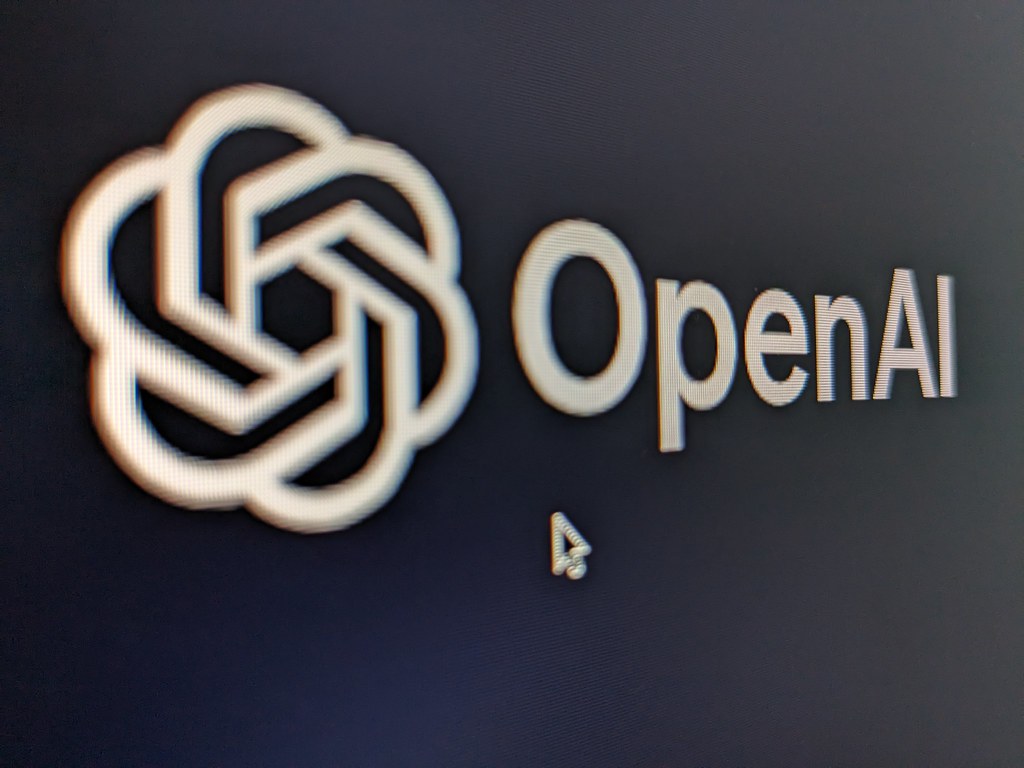As of 2025, the Reflections in Beige podcast applies the same lesson to financial models and government regulation: protect the baseline, experiment at the edges, and let real-world feedback trim the bad ideas. The argument resonates because everywhere we look, from code repositories to trading floors and legislative chambers, incrementalism keeps beating grand designs. Taken together, the software coder and the policy commentator set the stage for a broader truth about how complex systems learn.
Software's Quiet Revolution: Patches, Sprints, and Continuous Delivery
"...don't EVER make the mistake that you can design something better than what you get from ruthless massively parallel trial-and-error with a feedback cycle."
Linux itself proves the point. Every new kernel version arrives as a bundle of small, peer-reviewed patches that a maintainer can roll back in hours. The social machinery of pull requests, mailing-list debates, and nightly builds turns global developer scrutiny into an evolutionary pressure cooker, exactly as Torvalds envisioned.Mainstream developers embraced that ethos in 2001 when seventeen programmers drafted the Agile Manifesto, declaring a preference for "responding to change over following a plan." Short sprints and retrospective feedback loops became common well beyond Silicon Valley. The manifesto’s signatories later shaped enterprise workflows, ensuring the language traveled well beyond its Utah ski-lodge origin.
Today’s DevOps pipelines institutionalize the same rhythm. Google’s 2024 DORA study on Google Cloud finds that elite teams release code on demand and can restore service in under an hour, treating fast feedback as a marker of both velocity and resilience. The same report links healthy DevOps practices and supportive cultures to lower burnout, hinting that well-run iterative workflows can benefit both software and teams.
The common denominator is optionality: every commit, feature flag, or canary deployment preserves a known-good fallback. Failure costs drop, so teams can afford to try more ideas. Scaled across thousands of contributors, the system evolves faster than any committee could predict. That dynamic explains why companies with similar head-counts can diverge sharply in feature velocity.
Machine Learning: Millions of Micro-Updates over Master Plans
Deep learning optimizes by nudging weights in very small increments at each training step. Ian Goodfellow’s textbook for MIT Press formalizes the math, but the intuition is pure Torvalds: start somewhere, measure error, adjust, repeat. Small gradient nudges, repeated billions of times, yield models that detect patterns impossible to script manually.
Reinforcement-learning systems make the feedback loop explicit. AlphaZero learned chess, shogi, and Go by playing itself millions of times, with developers documenting the self-play loop on arXiv. The constant cycle of hypothesis and correction mirrors natural selection more closely than top-down engineering.
Why not design the perfect grand-master algorithm from first principles? Because the game tree is astronomical. Incremental self-play exposes edge-case positions no theorist could enumerate, then hardens the model against them. The process illustrates why practical progress often beats theoretical elegance when uncertainty is vast.
Large language models show the same pattern at planetary scale: continuous fine-tuning with user feedback, red-teaming, and alignment updates. OpenAI’s April 2025 update to its Preparedness Framework codifies ongoing safety evaluations and scalable testing rather than treating safeguards as a one-time checkpoint.
Markets Learn Too: Finance as an Adaptive Ecosystem
Economist Andrew Lo coined the Adaptive Markets Hypothesis to reconcile market efficiency with behavioral quirks, as outlined in his 2004 paper for MIT. He argues that prices behave rationally only because irrational traders get weeded out over time, making markets evolutionary rather than static. Subsequent empirical work finds patterns of boom-and-bust consistent with that adaptive view.
Practitioners exploit that flexibility. Quant funds recalibrate models nightly, and index providers rebalance quarterly. The routine is largely invisible to retail investors, yet it functions as financial CI/CD: preserve a diversified core portfolio, then tweak small satellite positions when fresh signals appear.
Risk managers describe the strategy as “portfolio insurance”: keep the baseline, buy optionality. Catastrophic errors shrink when experiments are compartmentalized. Even regulators have reportedly absorbed the lesson, because gradual Basel capital tweaks replaced the one-shot overhaul that critics feared after the 2008 crisis.
When finance abandons incrementalism, the bill arrives fast. Long-Term Capital Management’s one-sided bet on bond spreads imploded in 1998 because managers believed a singular model captured reality. The bailout that followed remains a case study in the perils of overconfident design.
Policy in Practice: Governing by Feedback, Not Blueprint
Political scientist Charles Lindblom predicted this shift back in 1959, dubbing it “muddling through.” He argued that policymakers rarely know enough to engineer optimal solutions; instead they make small, reversible moves and watch what happens, as detailed in Public Administration Review. Nearly every graduate syllabus in public administration still assigns the essay, a sign of its durable influence.
Modern governance frameworks echo that philosophy. A 2025 piece in Lawfare proposes a dynamic, extra-regulatory loop that combines public–private standards, a market-based audit ecosystem, and structured liability mechanisms. The architecture looks more like DevOps than a civil-service handbook.
A 2025 Science article by Rishi Bommasani and colleagues, summarized on Stanford Law School’s website, calls for “science- and evidence-based” AI policy rather than premature diktats. Yet researchers also warn that demanding perfect proof can paralyze action, a risk flagged in the “Pitfalls of Evidence-Based AI Policy” memo on arXiv.
Princeton researchers Arvind Narayanan and Sayash Kapoor push the debate further, arguing that AI is “normal technology” whose impacts will diffuse gradually through social structures, according to NormalTech. Their thesis suggests that policymakers can borrow from consumer-safety playbooks rather than draft sui generis codes. It also underscores the value of watching incremental externalities before imposing sweeping cures.
The through line is humility: regulators, like engineers, must expect surprises and build revision clauses into every statute. OpenAI’s rolling Preparedness reports offer one template, and regulatory sandboxes for fintech in several jurisdictions provide another. Neither freezes policy; both institutionalize learning.
When Small Steps Fail and What to Do Next
Incrementalism is not a license for complacency. Path-dependent systems can ossify, and technical debt can compound. Climate deadlines and bio-security risks may demand bolder moves than a tweak-and-see approach can deliver.
The European Union’s policymakers preparing to implement the AI Act have also, as of July 2025, published a Code of Practice for General-Purpose AI to keep standards nimble while broader rules evolve. In software, the analogous hedge is a greenfield micro-services rewrite held behind feature flags. In public health, it might be an mRNA platform ready for rapid retargeting when new pathogens emerge.
The safeguard is optionality at multiple layers: incremental fixes for routine problems, contingency plans for tail risks, and periodic audits to decide whether the baseline itself needs a leap. Grand designs tempt us, but civilization advances patch by patch. Keeping the rollback switch close remains the safest bet.
Sources
- Torvalds, L. "Post to Linux-kernel mailing list." BlackMORE Ops, 2001.
- Beck, K. et al. "Manifesto for Agile Software Development." AgileManifesto.org, 2001.
- Harvey, N.; DeBellis, D. "Highlights from the 10th DORA Report." Google Cloud Blog, 2024.
- Goodfellow, I.; Bengio, Y.; Courville, A. "Deep Learning." MIT Press, 2016.
- Silver, D. et al. "Mastering Chess and Shogi by Self-Play with a General Reinforcement Learning Algorithm." arXiv, 2017.
- Lo, A. W. "The Adaptive Markets Hypothesis." Journal of Portfolio Management, 2004.
- Lindblom, C. E. "The Science of ‘Muddling Through’." Public Administration Review, 1959.
- Klon Kitchen; Sherman, J. "A Dynamic Governance Model for AI." Lawfare, 2025.
- OpenAI. "Our Updated Preparedness Framework." OpenAI, 2025.
- Casper, S.; Krueger, D.; Hadfield-Menell, D. "Pitfalls of Evidence-Based AI Policy." arXiv, 2025.
- Bommasani, R. et al. "Advancing Science- and Evidence-Based AI Policy." Science, 2025.
- Narayanan, A.; Kapoor, S. "AI as Normal Technology." NormalTech, 2025.
- GPAI partners. "Code of Practice for General-Purpose AI." Code-of-Practice.ai, 2025.
- Beige Media. "Lessons from Artificial Intelligence, Part IV." Reflections in Beige Podcast, 2025.




